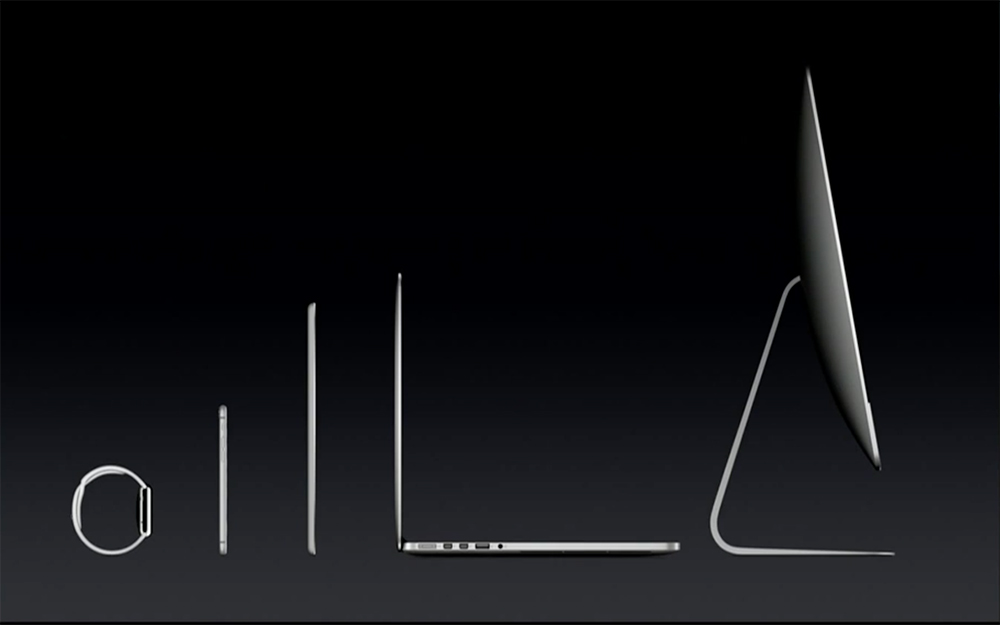My extreme fondness for thriller and suspense stories brought me to this 6-part British TV show called River on Netflix. Just like the other shows I had imagined this to be a mystery drama involving a police cop and his assistant joining forces to fight crime in a contemporary London setting, and the scenes played out exactly the way I had expected. But within minutes into the show the usual cop/thug drama turns into a creepy, supernatural, murder mystery that was successful in keeping me at the edge of my seat for the rest of the series.
Stellan Skarsgård plays a smart senior cop called Detective Inspector John River. A deep, sombre individual barely able to connect with the world outside of his own nonetheless truthfully connected with the voices inside his head. Struggling to revisit the disturbing sequences from his past, and remains fixated in the throes of his murdered colleague, while also getting mired in an immigration scandal bigger than he’d imagined. For the investigation to go ahead under his charge River must undertake scrupulous tests of his mental character and prove his sanity with the help of a fascinated psychiatrist played by Georgina Rich. The dramatizing by Skarsgård of an entity who appears to speak to himself being in a state of denial is laudable, when at times River’s hallucinations driven by his inner voices and conflict also leads him to become violent and aggressive in full public view. A sensitive, and brutal representation of people faced with situations, bordering schizophrenia, and that feeling of being judged unwontedly is quite palpable while watching River. To say the least, Skarsgård’s portrayal of John River is beyond words.
The culminating episode in which River traces the malicious truth was an emotional adventure personally. As unfair as it may seem River faces a numbing fact in realizing that a poignant moment has been lost forever in the sands of time and moving on with life is the only way forward for him. That apart the series lends itself to a particularly melodious disco track of the 70s called ‘I Love to Love (But My Baby Loves To Dance)’ by Tina Charles, which vividly echoes the feeling of mutual admiration between the lead pair. While I am not sure when or how would the next series of River do justice to the characters and the story, I am waiting anxiously to find that out sooner than later.

